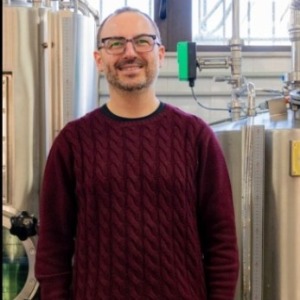8th Edition of Euro Global Conference on
Food Fluorescence Imaging
Food fluorescence imaging is an advanced technique used in food science and technology to analyze and visualize the composition, quality, and safety of food products. It involves the use of fluorescent probes or dyes that emit light at specific wavelengths when excited by an external light source. These probes selectively bind to target compounds such as vitamins, pigments, antioxidants, contaminants, or microorganisms, allowing for their detection and quantification in food samples. Food fluorescence imaging offers several advantages over traditional analytical methods, including rapid analysis, high sensitivity, and non-destructive detection. By generating fluorescent signals, this technique provides valuable insights into the distribution, concentration, and interactions of various compounds within food matrices. Additionally, fluorescence imaging can be used to monitor food processing operations, assess product quality and authenticity, and detect adulteration or contamination. Common applications of food fluorescence imaging include the analysis of vitamins (such as vitamin A and vitamin C), natural pigments (such as chlorophyll and carotenoids), lipid oxidation products, and microbial contamination. The technique is also utilized in food packaging research to evaluate barrier properties, detect defects, and assess packaging integrity. Food fluorescence imaging systems typically consist of a light source, fluorescence excitation filter, emission filter, and imaging sensor. Advanced imaging techniques, such as confocal microscopy and hyperspectral imaging, allow for three-dimensional visualization and spectral analysis of fluorescent signals, enhancing the sensitivity and specificity of detection. Despite its many advantages, food fluorescence imaging also presents challenges related to signal interference, background fluorescence, and sample preparation. However, ongoing research and technological advancements continue to address these limitations, making fluorescence imaging an increasingly valuable tool for food analysis and quality control. Overall, food fluorescence imaging holds great promise for improving food safety, quality assurance, and authenticity assessment in the food industry, contributing to the development of safer, healthier, and more sustainable food products for consumers worldwide.

Said Bouhallab
INRAE, France
Giovanni De Francesco
University of Perugia, Italy
Ombretta Marconi
University of Perugia, Italy
Alex Martynenko
Dalhousie University, Canada
Ana Isabel Najera
University of the Basque Country EHU, Spain
Marcin A Kurek
Warsaw University of Life Sciences, Poland


